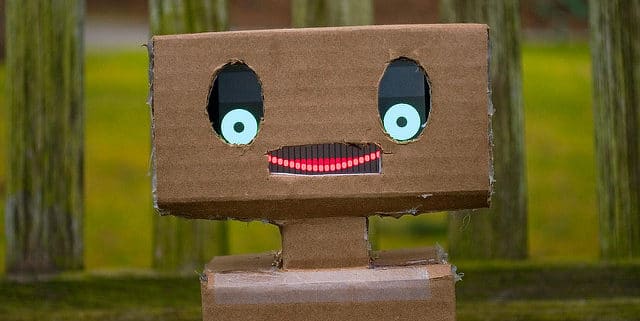How machine translations are being used for good over evil
We recently brought you a post about how machine translations were used for evil, but today comes a story originally reported on Newscientist.com about how these artificial intelligent assisted translation services can in fact be used for the good.
The development of AI assisted machine translations might not be any use when translating documents, specifically technical ones and they will produce ‘awkward’ real time translations that might get you into trouble, but one area in particular that could see AI translations becoming valuable is for translations of sign language.
Machine translations are being used to help translate sign language into text and then back again into sign language for those who are hard of hearing or deaf. A Dallas, Texas based start-up KinTrans have been trialling this technology in government offices and banks in the United Arab Emirates.
The way KinTrans sign language translator works is by means of a 3D camera which records the hand signs being gestured by the individual using sign language; the hand movements are then translated by the device into text. It can also be used the other way around for those trying to communicate with a deaf person but don’t know sign language, by typing the message in text the translation into sign language will then be shown on screen using an avatar.
KinTrans currently supports American and Arabic sign language with 98% accuracy according to the company’s founder Mohamed Elwazer. Although with an estimated 70 million sign language speakers and over 100 different dialects, they are looking to expand on this in the future with sign language for Indo-Pakistani and Portuguese translation services.
Another company SignAll from Budapest, Hungary along with Gallaudet University in Washington DC, USA has also developed similar technology to aid students who are deaf or cannot hear well. They aim to have the largest database of sign language sentences, as of now it can translate around 300 signs from American sign into English text and the CEO Zsolt Robotka hopes his device will have learned 1000 signs by time they start their trials next year.
Of course like any new technology there will be teething problems and initial issues that will undoubtedly be sorted as technology advances but this is the way in which machine translations can do good for humans and make life easier, who knows we could eventually have these machine translations running perfectly like human translations, American sign language to Hebrew translation services and vice versa.
Image by: langfordw on Flickr



